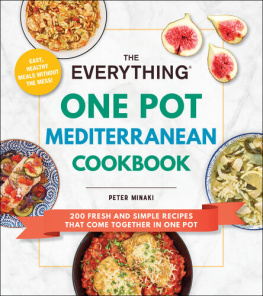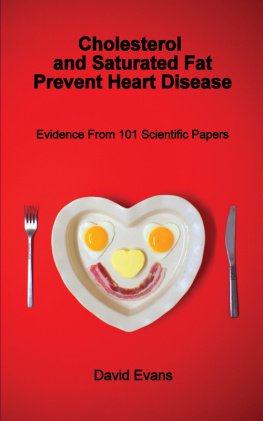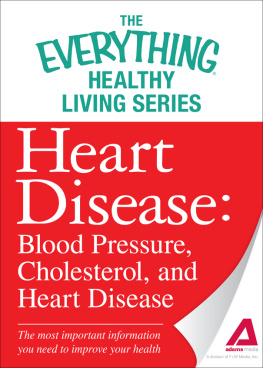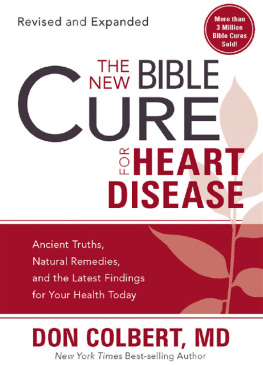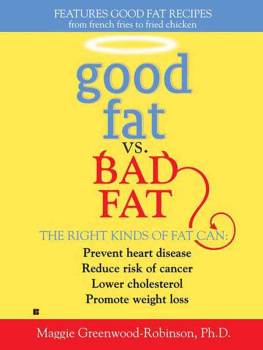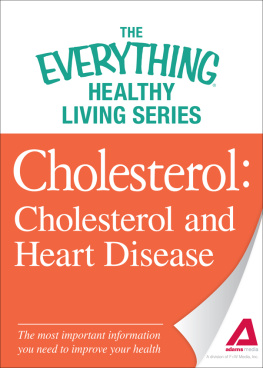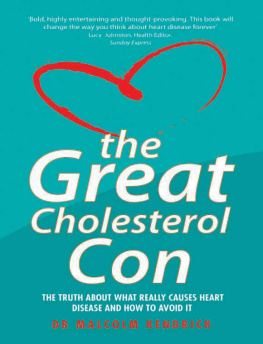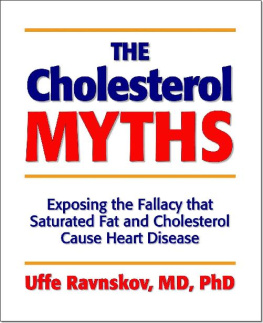Cholesterol Conspiracy:
Heart Health Without Drugs
What really causes heart disease and what you can do about it today!
By David R. Hastings Lloyd
R.TCMP, R.A c , D.TCM
2013 Crane Medicine
For free information on natural health and philosophy:
www.cranemedicine.com
Disclaimer
The information provided in this book is designed to provide helpful advice about the subjects discussed. This book is not meant to be used, nor should it be used, to diagnose or treat any medical condition. For diagnosis or treatment of any medical problem, consult your physician and make informed decisions. The publisher and author are not responsible for any specific health or allergy needs that may require medical supervision and are not liable for any damages or negative consequences from any treatment, action, application or preparation, to any person making decisions based on the information in this book. References are provided for informational purposes only and do not constitute endorsement of any websites or other sources. Readers should be aware that the websites listed in this book may change.
Table of Contents
Forward: How Did We Get Here?
Every day you turn on the TV and you see ad after ad promising that if you just take this pill you will begin to experience the emotions demonstrated on the screen. If it is an anti-depressant drug, everyone is sad living in a black and white world until the pill is introduced and the world becomes coloured. Suddenly a lonely and depressed individual wants to be outside in the sun and experience life again. If its arthritis medication, youll be able to move like a puma because now youre not in pain. If its a cholesterol reducing drug, suddenly you are taking control of your risk of heart disease by going bungee jumping or playing football and being young again. Why have we turned to pills to cure all of our health problems? Why is it that we are willing to risk all of those listed side-effects? How did we get here?
The purpose of science is to observe the world around us and make predictions. It is a process of seeking knowledge and making decisions based on accurate information. It is a method of inquiry. Science is not laboratories, microscopes and chemical signatures. There are six steps to using the scientific method to acquire new information. First, you ask a question. Next you conduct some background research in order to make an educated guess on what is happening. You construct an experiment to test your idea. You look at the information you have collected to make a conclusion and possibly ask more questions. Finally, you make a statement telling other people about your discovery. What makes that statement truly valid is being able to repeat your experiment with the same results. That s it! That is what makes science so amazing. It is a power we all have to draw our own conclusions. Sometimes ideas are accurate, and they stand the test of time. In the end tested ideas that consistently turn out as predicted can be decided to be true! Sometimes ideas are not so predictable or repeatable, and they dont stand up, no matter how many billions of dollars are thrown at them.
Unfortunately, the truth is not always more powerful than money.
Weve all heard the story and seen the commercials that tell us that heart disease is caused by fat blocking arteries and that if you lower blood fat levels you lower heart disease risk. To be fair, at first the scientific community had drawn the wrong conclusion but didnt know it. However, now they know they are wrong. And yet we are still being sold the ideas that cholesterol causes heart disease and that it must be reduced. The definition of a lie is that it is a false statement, or a manipulation of information, made with deliberate intent to deceive. Read on. The facts on heart disease are telling us a very different story than what weve been lead to believe.
Chapter One: Fats & Health
The Skinny on Fat
Fat is one of the basic groups of nutrients that your body s organs and systems need in order to function properly.
Its structure is complex but there are basic facts that you need to comprehend in order to understand the role of fats and cholesterol in health. Understanding fats may be a tough read but it will help explain the true role of cholesterol. It is very important that you understand what cholesterol is and what it does. A better understanding sure makes a lot of the side effects listed by the FDA clear as day when you know whatcholestero l really i s , and what i t really doe s .
There are two major types of fat: fats that are solid at room temperature (saturated) and fats that are liquid at room temperature (unsaturated). Food sources of saturated fat are generall y animal product s such as meat, poultry, dairy products and seafood. Other sources are tropical oils like coconut and palm. In contrast, food sources of unsaturated fat are mostly plant sources like avocados, nuts and olives.

Figure 1.0
Saturated Fat :
The chemical difference between saturated and unsaturated fat is that saturated fat is fully saturated with hydrogen atoms, and does not contain double bonds between carbon atoms. (See figures 1.1, 1.2 and 1.3 below for a graphic explanation) This makes saturated fats the best fats to cook with because they are very stable at high temperatures. They do not generate free radicals and promote inflammation at high temperatures. Unsaturated fats, the ones we have been encouraged to cook with, like vegetable oils and margarine, have a chemical structure that is different from saturated fat. Their chemical structure contains double bonds. Some of these oils when in their natural state, olive oil for example, are great for your heart. But dont heat them! When unsaturated fats are heated, they generate free radicals and promote inflammation. These heart healthy oils are repeatedly reused and reheated in many restaurants. They are also used in food manufacturing. All the inflammation they generate is very taxing on heart tissue. In fact, there is plenty of scientific evidence demonstrating that these so-called healthy fats actually can cause heart disease.
Unsaturated Fat:
Unsaturated fats break down into three sub-classes: monounsaturated, polyunsaturated and trans-fats.

Figure 1.1
Monounsatured Fat :
Monounsaturated fats are composed of a chain of carbon molecules with one pair of carbon molecules joined by a double bond. The more double bonds present the more solid the fat will be. Monounsaturated fats are typically liquid at room temperature, but turn slightly solid when cooled. Monounsaturated fats have one double bond between carbon atoms, see arrows in above figure 1.1.

Figure 1.2
Polyunsatured Fat :
Polyunsaturated fats have two or more double bonds between carbon atoms in the carbon chain pillar. See arrows in the above illustration 1.2. They are more solid than monounsaturated fats but less so than saturated fats. This means that polyunsaturated fats are also liquid at room temperature. Polyunsaturated fats include the essential fats omega-3 and omega-6, which the body cannot produce. These fats must be acquired through diet.
The Omega 3 6 connection
One of the important turning points in the war against fat was the understanding of the differences between omega-3 and omega-6 fatty acids. Both omega-3 and omega-6 fatty acids are polyunsaturated fats that are essential to your health.


